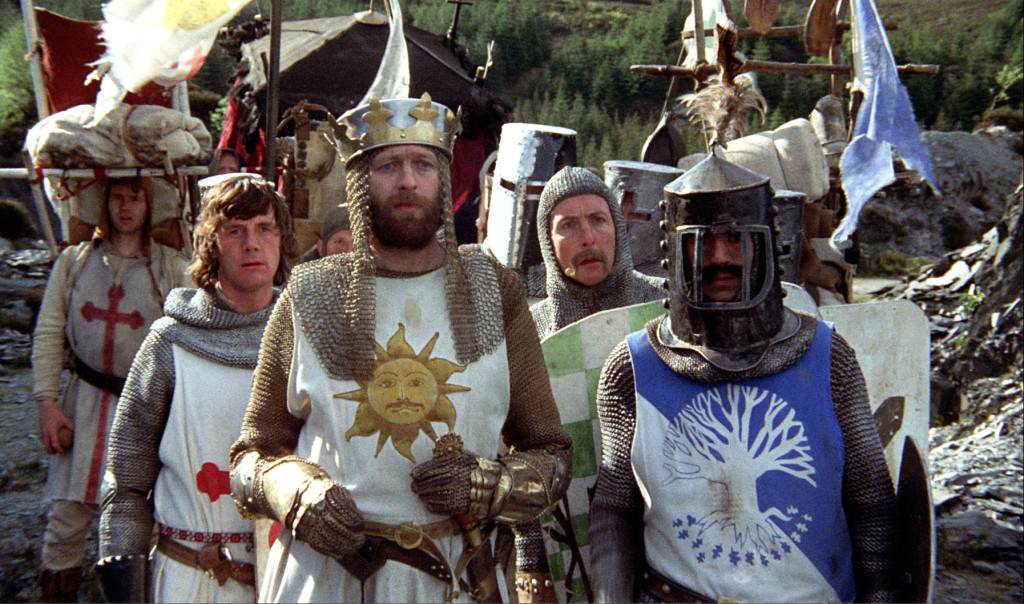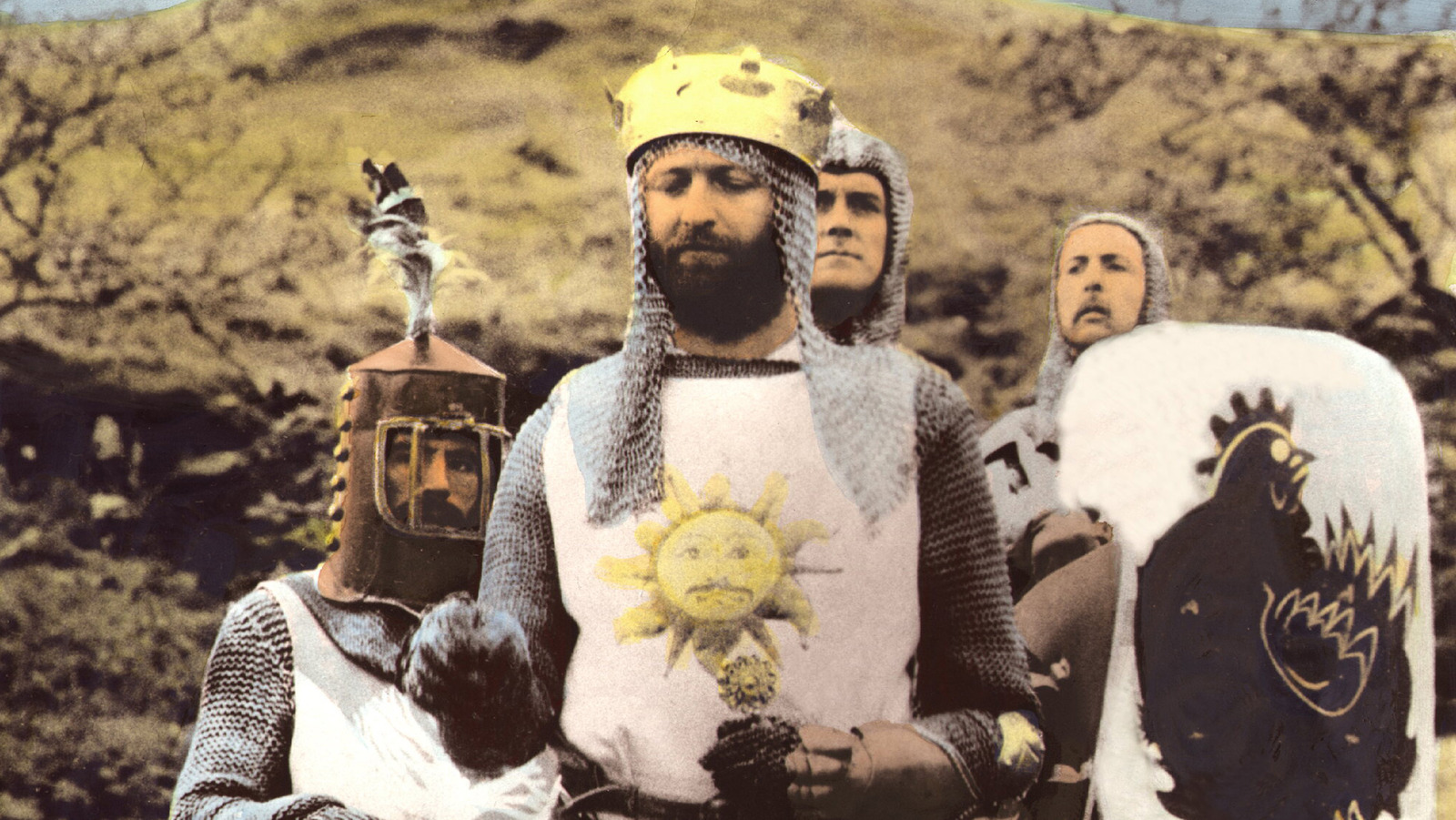
Unveiling the Enigmatic Ending of Monty Python and the Holy Grail
Monty Python and the Holy Grail, the iconic 1975 British comedy film, has captivated audiences with its absurd humor and satirical brilliance. However, one enduring mystery surrounding this cinematic masterpiece remains: the intended ending. Director Terry Gilliam has been notoriously tight-lipped about his original vision, adding to the intrigue and speculation.
The Knight Who Said “Ni!”
The most popular theory posits that the film was to conclude with a climactic battle between King Arthur and his knights and the invading French forces. The battle would have culminated in the legendary “Black Knight” (played by John Cleese), a seemingly invincible warrior who says “ni” instead of “yes” and “no.” In this hypothetical ending, Arthur would have confronted the Black Knight, who would have eventually defeated him with ease.
This theory is supported by several factors. The film features numerous references to the Black Knight, including a recurring gag where he loses a limb in each battle. Additionally, in one scene, Arthur and his knights receive a message from the French General stating that “your king… is dead… killed by the Black Knight.” This foreshadowing suggests that the Black Knight was intended to play a pivotal role in the film’s finale.
The Quest for the Holy Grail
Another theory suggests that the film was originally intended to focus more explicitly on the quest for the Holy Grail. In this version, Arthur and his knights would have eventually found the legendary artifact, leading to a grand revelation or transformation. This ending would have been more in line with the traditional Arthurian legend, but it is unclear if this was Gilliam’s original intention.
The film does include several scenes related to the Grail, including a brief encounter with the mysterious “Knights who say ‘Ni!'” However, these scenes are largely played for comedic effect, and the Grail itself is never explicitly shown or explained. This ambiguity leaves room for speculation that Gilliam may have intended to explore the Grail’s significance in more detail in the original ending.
The Anti-Climax
In stark contrast to the aforementioned theories, some critics believe that Gilliam intentionally left the film’s ending open-ended as a form of anti-climax. This interpretation argues that Gilliam subverted the traditional conventions of epic adventure films by denying the audience a satisfying resolution.
By abruptly ending the film with the sight of Arthur and his knights continuing their quest, Gilliam may have intended to comment on the futility of endless battles and the constant search for purpose. This ending fits with the film’s overall tone of absurdity and irreverence, challenging the expectations of its audience.
Conclusion
The true intentions behind the ending of Monty Python and the Holy Grail remain shrouded in mystery, a testament to Gilliam’s enigmatic genius. Whether the film was meant to conclude with an epic battle, a profound revelation, or a deliberate anti-climax, its enduring appeal lies in its ability to entertain, provoke, and spark debate.
The film’s open-ended conclusion invites multiple interpretations, allowing audiences to engage with the work on a personal level. It is this ambiguity that has cemented its status as a beloved cinematic masterpiece, ensuring that the quest for the Holy Grail of film endings will continue for generations to come.
